Resilient ‘Pioneer Plant’ Shows Promise for Mars Colonization
Syntrichia caninervis is a desert moss that may become a key player in future Mars colonization efforts. Found in harsh environments around the world, this resilient plant has shown incredible survival skills under extreme conditions.
Its potential for Mars stems from its ability to withstand freezing temperatures, high radiation, and severe dehydration.
Surviving Extreme Cold
One of the remarkable features of Syntrichia caninervis is its ability to grow in temperatures as low as -320.8 degrees Fahrenheit. This capability makes it an excellent candidate for Mars, where average surface temperatures hover around -80 degrees Fahrenheit.
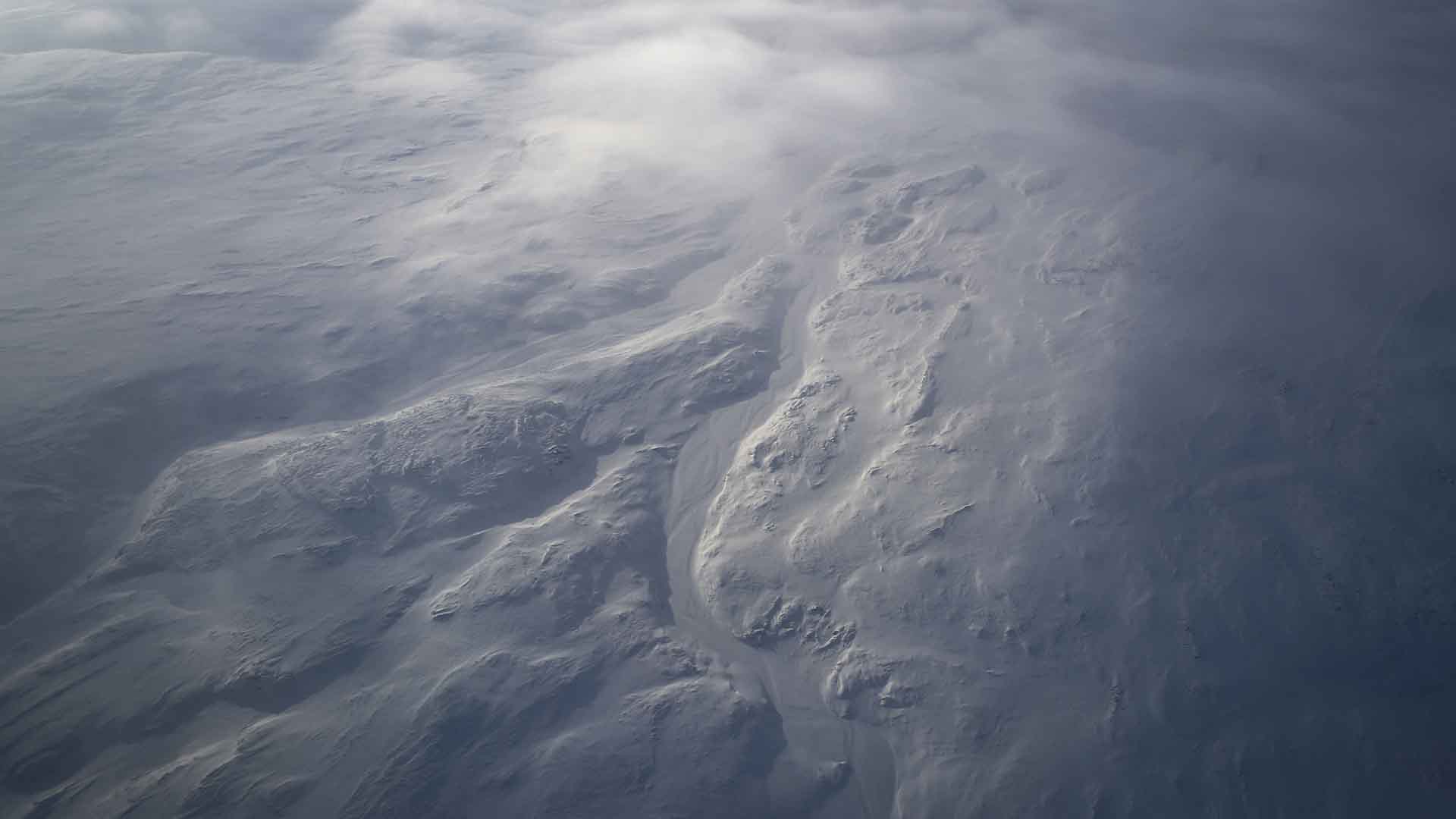
Source: Mario Tama/Getty Images
The moss’s resilience in extreme cold was tested by storing it at -112 degrees Fahrenheit for years, with successful regeneration after thawing.
Withstanding Gamma Radiation
The moss can survive high levels of gamma radiation, up to 500 Gray (Gy), which would be lethal to most other plants and life forms. For comparison, humans usually die after exposure to about 8 Gy.
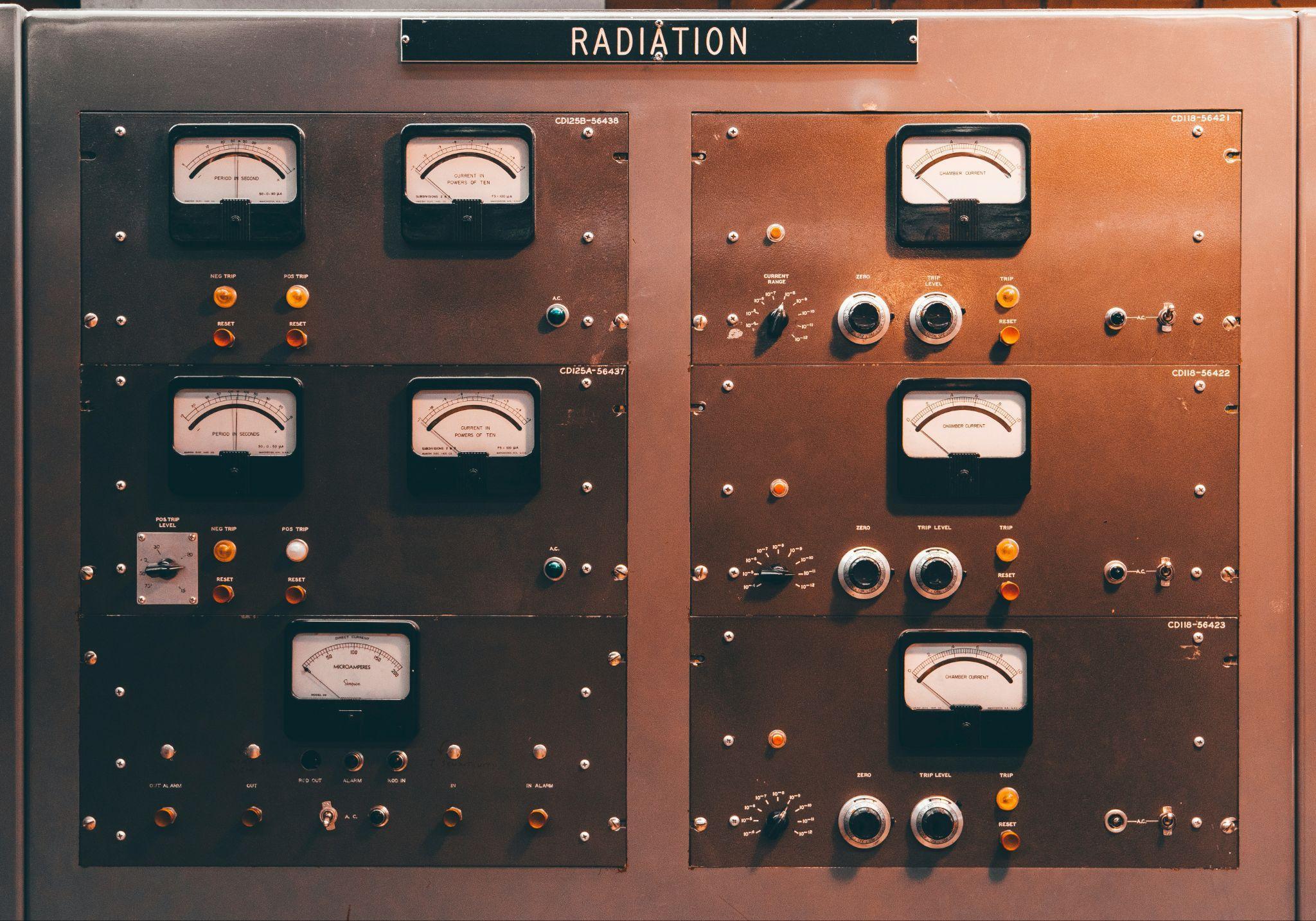
Source: Dan Meyers/Unsplash
This extraordinary radiation tolerance is crucial for surviving the harsh cosmic radiation on Mars, which lacks a global magnetic field to shield its surface.
Enduring Dry Conditions
Syntrichia caninervis also thrives in incredibly dry conditions, a vital trait for surviving on Mars, where water mainly exists as ice. The plant’s ability to recover quickly after being dehydrated prior to freezing highlights its adaptability.

Source: Juli Kosolapova/Unsplash
This resilience was observed in laboratory simulations of Martian conditions, showing the moss’s potential for thriving in extraterrestrial environments.
Comprehensive Testing
Researchers subjected Syntrichia caninervis to a series of rigorous tests that mimicked Martian conditions. These included fluctuating temperatures, low atmospheric pressure, and high levels of ultraviolet radiation.

Source: Misha Friedman/Getty Images
The moss’s impressive recovery rate, especially when pre-dried, shows its suitability for Mars colonization. Such testing is crucial for understanding how life could adapt to Mars.
Role in Terraforming Mars
The potential of Syntrichia caninervis goes beyond mere survival. As a pioneer species, it could drive the atmospheric, geological, and ecological processes needed to create habitable environments on Mars.
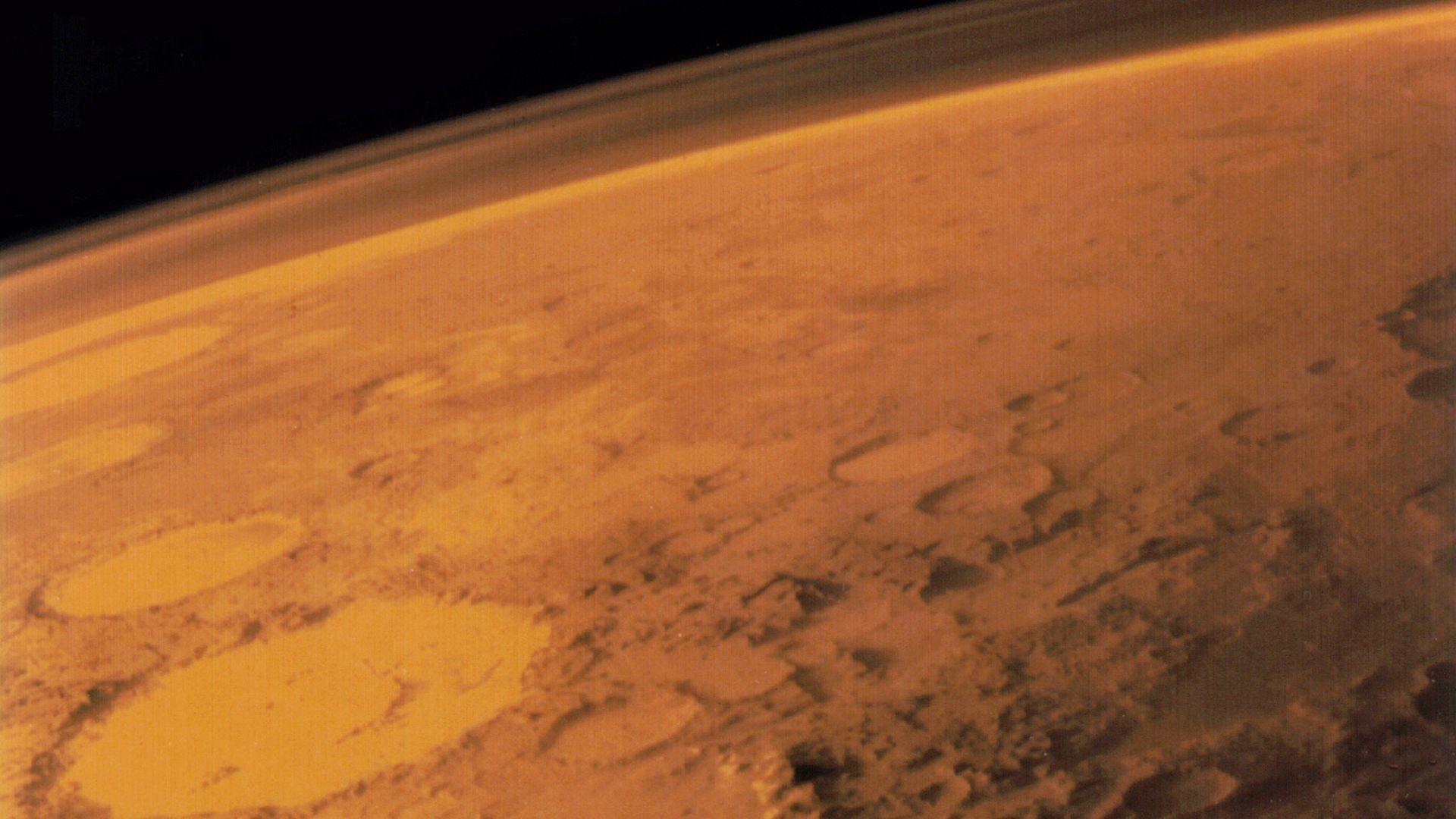
Source: NASA/Wikimedia Commons
By producing oxygen, sequestering carbon, and enhancing soil fertility, this moss could lay the groundwork for higher plants and eventually human settlers.
Oxygen Production and Carbon Sequestration
Syntrichia caninervis could play a significant role in oxygen production and carbon sequestration on Mars. These processes are essential for developing a sustainable environment for future human colonization.
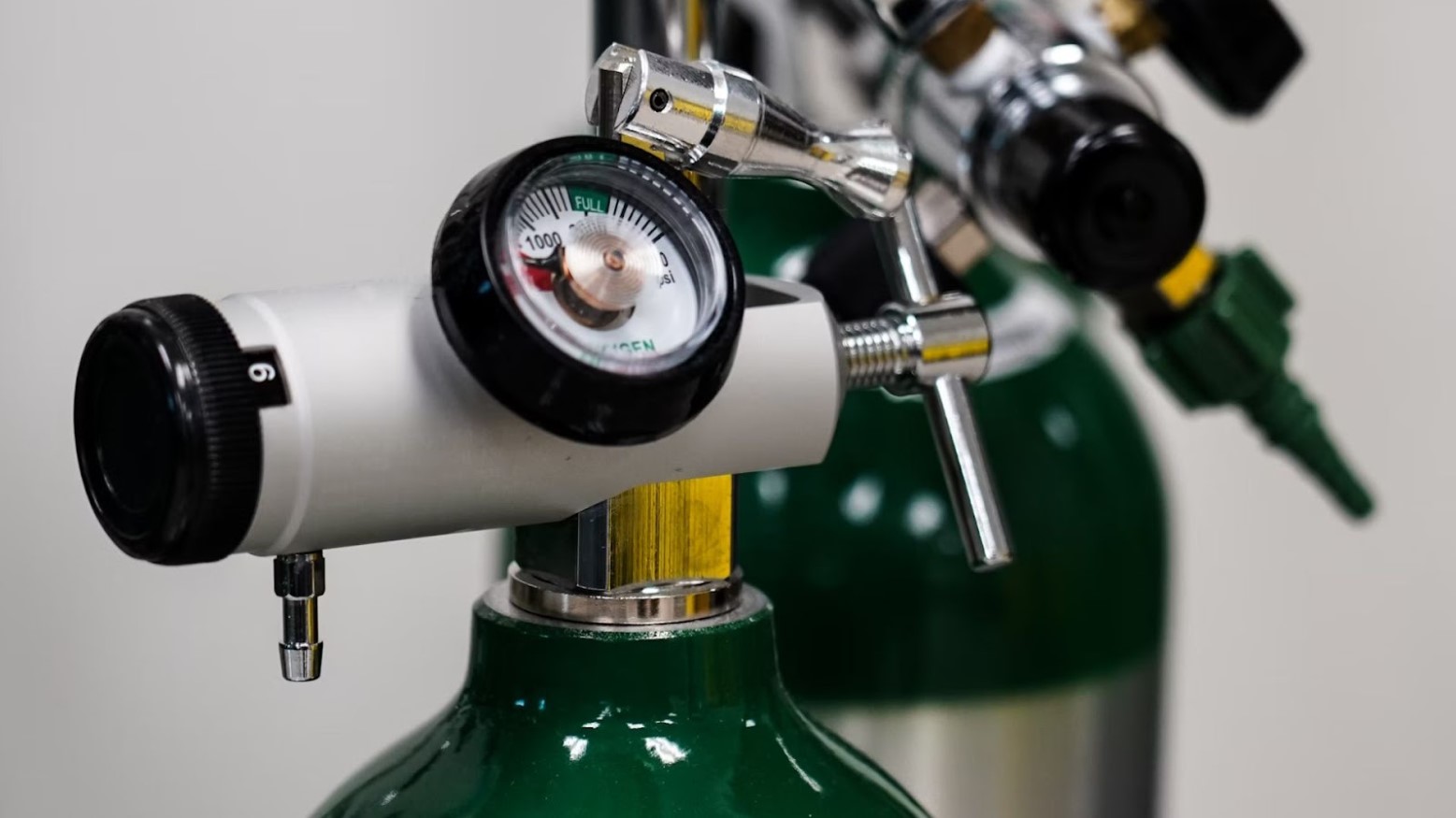
Source: Samuel Ramos/Unsplash
The moss’s ability to contribute to soil fertility further supports its potential as a foundational species for establishing Martian ecosystems.
Ecological Contributions
Beyond its direct benefits, Syntrichia caninervis can support the establishment and maintenance of Martian ecosystems. By creating a more hospitable environment, this moss can help drive the necessary changes to support higher plants and potentially animal life.
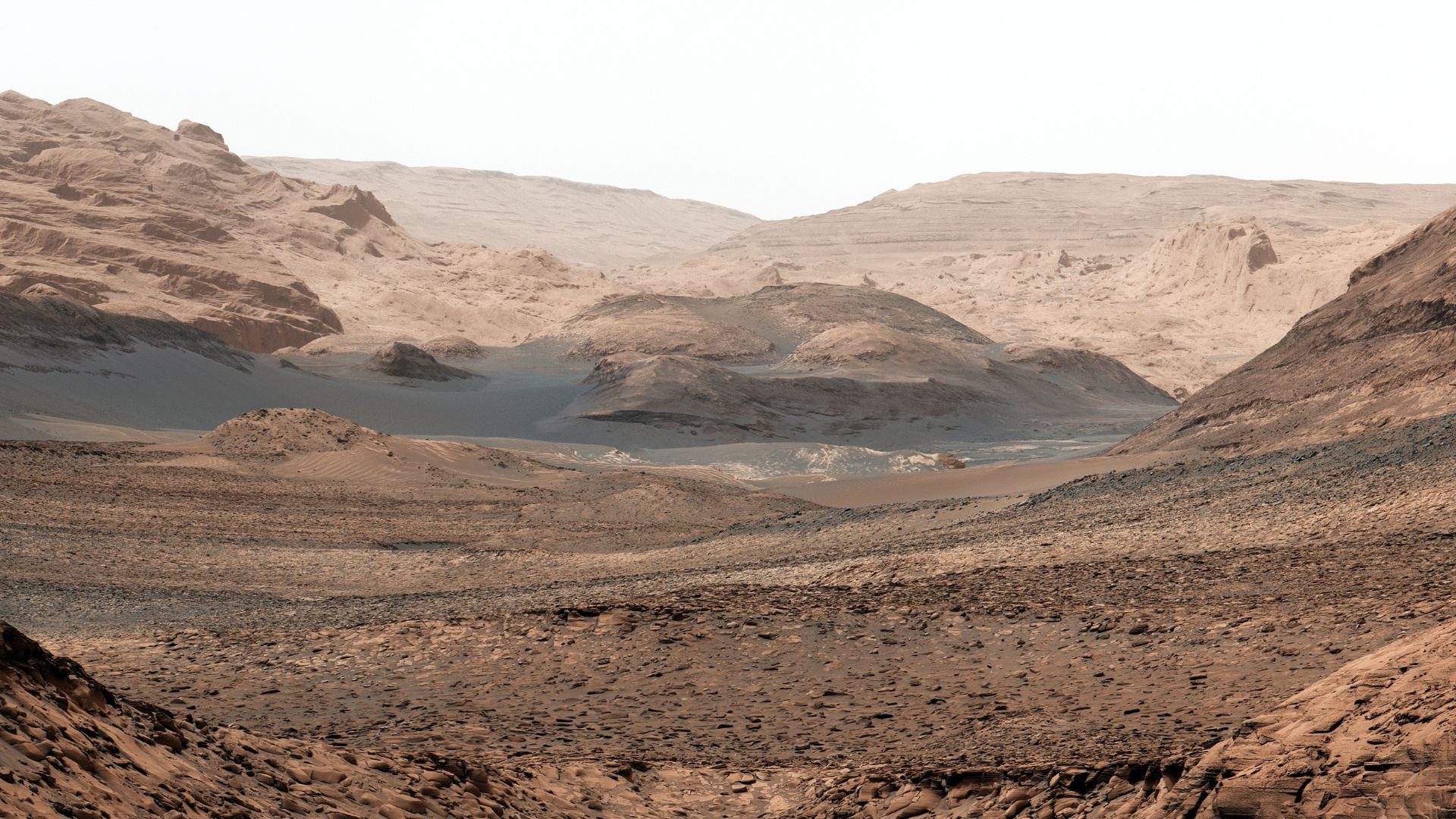
Source: NASA/Wikimedia Commons
Its resilience makes it a strong candidate for facilitating long-term human settlement on Mars.
First Whole Plant Tested
This study marks the first time a whole plant has been tested for its ability to withstand space conditions. Syntrichia caninervis’s impressive performance in these tests sets a precedent for future research.

Source: Wikimedia
Understanding how entire plants respond to extraterrestrial environments is crucial for developing strategies for Mars colonization.
Future Prospects
While the study showcases the incredible potential of Syntrichia caninervis, further testing is needed on Mars or the Moon. This future research will help validate the moss’s colonization and growth capabilities in outer space.
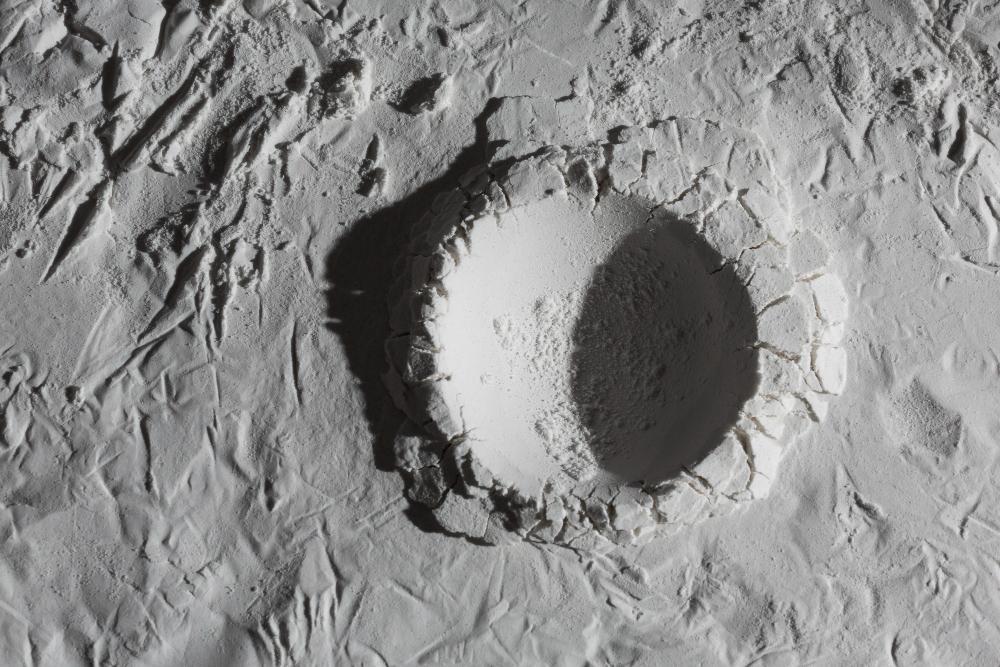
Source: Freepik
Continued exploration of resilient plant species is essential for advancing human space exploration.
Challenges Ahead
Despite the promising results, establishing self-sufficient habitats on Mars remains a complex challenge. The journey to creating sustainable ecosystems involves overcoming numerous obstacles.

Source: Freepik
However, the resilience of Syntrichia caninervis offers a hopeful glimpse into the possibilities for Mars colonization.
Long-Term Potential
The discovery of Syntrichia caninervis’s resilience opens new avenues for space exploration and habitation. As researchers continue to explore this remarkable moss, it brings us closer to the possibility of creating sustainable ecosystems on Mars.

Source: Wikimedia Commons
The potential for long-term human settlement on the Red Planet is becoming more tangible with each scientific breakthrough.
